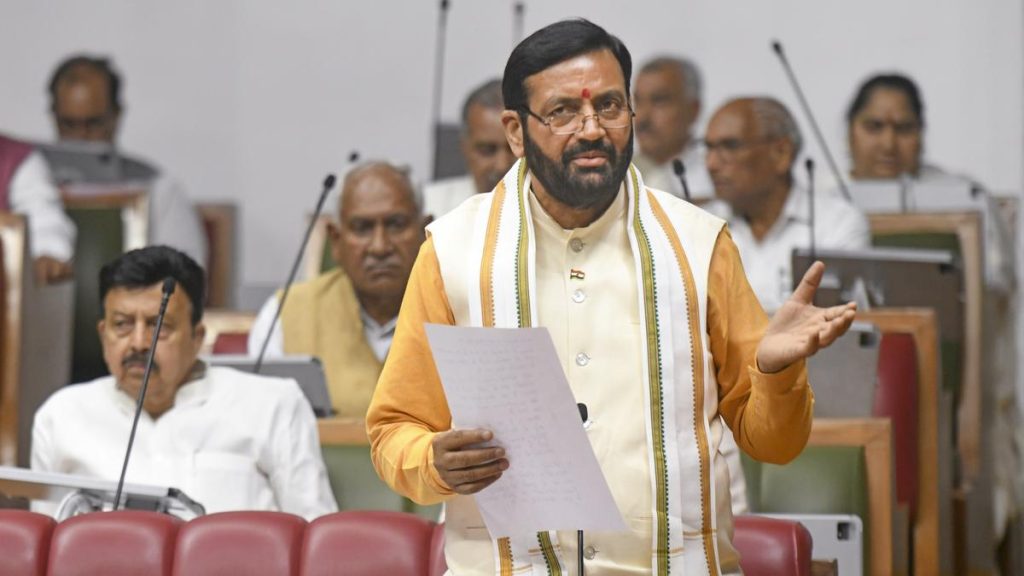Now Reading: Assam Leaders Join Hands to Protect Endangered Vultures
-
01
Assam Leaders Join Hands to Protect Endangered Vultures
Assam Leaders Join Hands to Protect Endangered Vultures
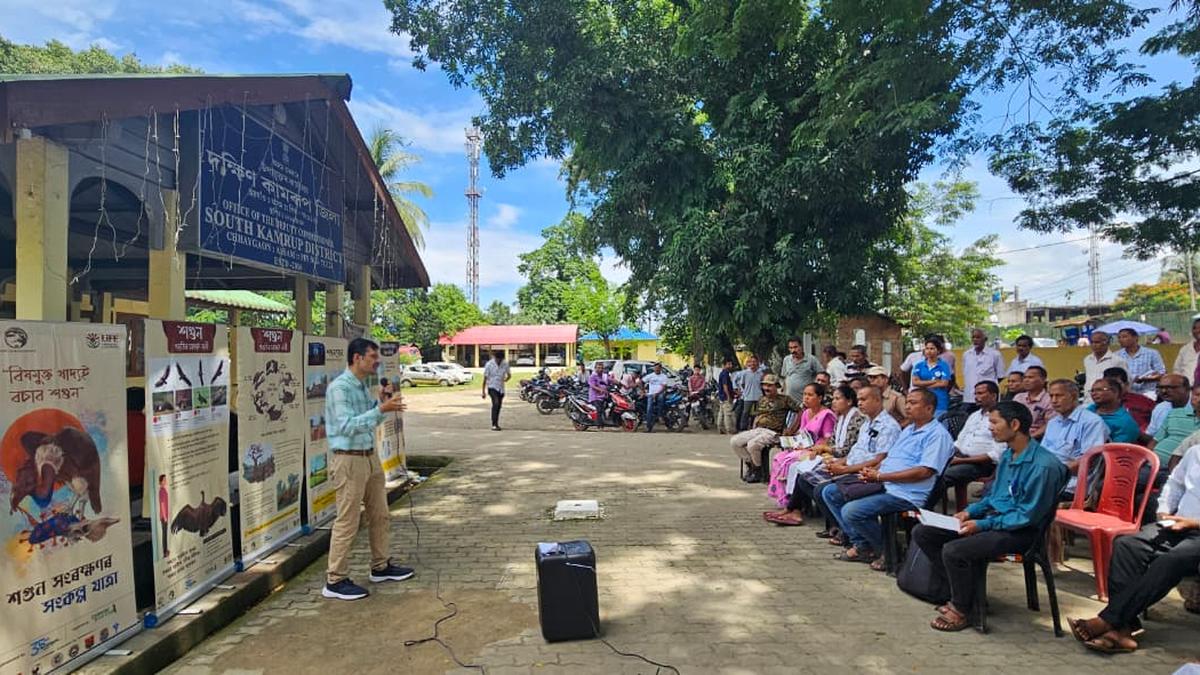
quick Summary
- Event: Aaranyak, an Assam-based biodiversity conservation organization, launched an education and awareness campaign to save vultures on August 21, 2025.
- Participants: Village chiefs (gram pradhans) gathered at the Chhaygaon revenue Circle office in Kamrup district, 42 km southwest of Guwahati.
- Background: Kamrup is a hotspot for vulture deaths due to pesticide-laced carcasses. The campaign seeks to involve gram pradhans as stakeholders in vulture conservation efforts.
- Vulture Deaths: Over the past 15 years, at least 600 vultures have died from chemical poisoning in the area. Resident vulture populations are critically low; species like slender-billed vultures number less than 900 across their range.
- Key Impact Factors:
– Nonsteroidal anti-inflammatory drugs (NSAIDs) such as Diclofenac and others used for cattle treatment have been identified as major contributors to vulture deaths.These drugs are banned for veterinary use but poisoning from pesticides persists.
– Poisoned carcasses often result from attempts by locals to protect livestock from wild predators or feral dogs.
– Decline in vulture populations has led to increased human exposure to diseases caused by decomposing animal matter; about 48,000 human deaths annually are attributed.
Indian opinion Analysis
The organized effort led by Aaranyak addresses an alarming ecological crisis – the drastic decline of Assam’s vulture population. By prioritizing grassroots participation through influential village leaders (gram pradhans), this initiative demonstrates a practical approach toward amplifying local awareness and accountability. Vultures perform a crucial ecological function as “nature’s cleaning crew,” preventing disease outbreaks linked with rotting animal remains.
However, despite India’s ban on harmful NSAIDs like Diclofenac for veterinary use, persistent pesticide-related poisonings point towards a gap in enforcement and rural education regarding safe practices around chemical usage. Additionally, the program underlines mutual dependencies within ecosystems – protecting predators while mitigating their impact on livestock could reduce conflicts leading to poisoned baits.
In rebuilding these endangered bird populations through poison-free food initiatives (“Sagun Mitra” projects), Aaranyak sets an example for localized biodiversity restoration that could serve other regions facing similar challenges across India.
read more: Link


